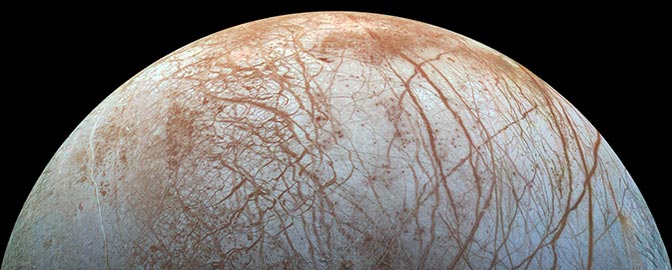Planetary Radio • Jan 24, 2018
Living in Space!
On This Episode

Mark Hopkins
Chair for National Space Society Executive Committee

Rod Pyle
Space Historian and Author

Daniel Rasky
Chief for NASA Space Portal Office
Mat Kaplan talks with participants in the National Space Society’s recent Space Settlement Summit about human destiny in space. There’s a consensus that we are making real progress, both technological and political, toward permanent installations on the Moon and elsewhere. The total lunar eclipse is almost here. Bruce Betts has the where and when in this week’s What’s Up report.

Related Links:
- National Space Society
- NASA Space Portal Office
- Project Karman/Eureka Rocket (Space Enterprise at UC Berkeley)
- NASA Lunar Eclipse Page
- Chop Shop Planetary Society Store
This week's prizes are a Planetary Society t-shirt and a 200-point iTelescope.net astronomy account.
This week's question:
What are the names of Neptune’s five principal rings?
To submit your answer:
Complete the contest entry form at http://planetary.org/radiocontest or write to us at [email protected] no later than Wednesday, January 31st at 8am Pacific Time. Be sure to include your name and mailing address.
Last week's question:
What was the first in space docking of two robotic (unmanned) spacecraft?
Answer:
The answer will be revealed next week.
Question from the week before:
As measured by surface area, what is the largest known body of liquid on Saturn’s moon Titan?
Answer:
The largest body of liquid on the surface of Titan is Kraken Mare.


 Explore Worlds
Explore Worlds Find Life
Find Life Defend Earth
Defend Earth


